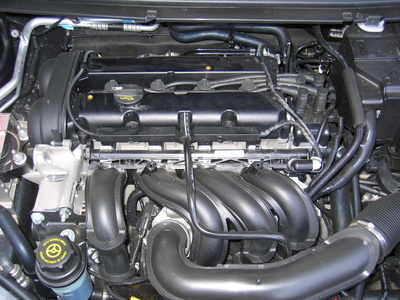
Isuzu is a Japanese vehicle manufacturer that made its introduction into the American marketplace in the 1980s with the Pup. Its Trooper and Rodeo were popular among American buyers; but as the economy began to depress and customers turned their attention to competing companies, Isuzu announced it would withdraw from American soil in 2009. If your Isuzu is having issues with power and starting, the alternator may be at fault. Be sure to test it as well as the battery to make sure both can handle your engine's needs.
Lift the hood and inspect the alternator. The alternator is a belt-driven, round, metal engine component. Look for signs of exterior damage, including corrosion, rust, missing bolts and a broken belt. Also inspect the battery cable connections to make sure they are secure and clean so the power from the alternator can be delivered efficiently.
Crank the engine and listen for noises coming from the alternator. An alternator in good condition shouldn't produce noises; if it is, this can mean the diodes have shorted out, the internal machinery is rubbing or the pulley that spins the belt is bent. Take the alternator to a repair shop for further diagnostics.
Remove the battery cover. Touch the positive, red test lead of a voltmeter to the positive battery post, then the negative, black test lead to the negative post, in that order, while the engine is running. Since the alternator is supplying the battery with power while the engine is cranked, the voltmeter will pick up the alternator's voltage output instead of the battery's. A healthy alternator reading is between 13.6 and 14.3 volts.